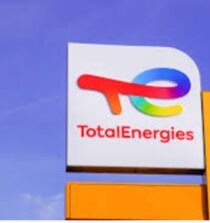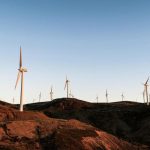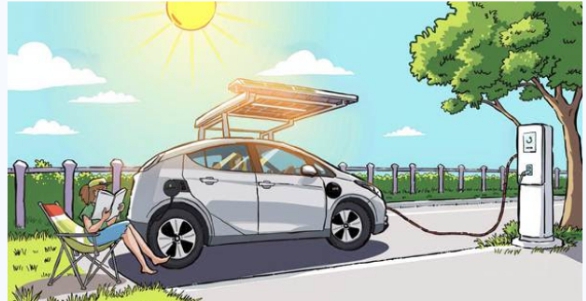By Darrell Proctor
A new study from BloombergNEF (BNEF) says developing countries lead the way on new investments in clean energy, with those nations taking advantage of lower project costs for solar and wind power as they move away from fossil fuel-powered generation.
Today’s report, from a survey by BNEF’s annual Climatescope project, says “emerging market nations — accounted for the majorities of new clean energy capacity added and new funds deployed globally in 2017.” BNEF in a November 27 news release said the report shows countries can expand access to energy without increasing greenhouse gas emissions.
“It’s been quite a turnaround. Just a few years ago, some argued that less-developed nations could not, or even should not, expand power generation with zero-carbon sources because these were too expensive,” said Dario Traum, BNEF senior associate and Climatescope project manager. “Today, these countries are leading the charge when it comes to deployment, investment, policy innovation and cost reductions.”
Developing nations added 114 GW of zero-carbon generating capacity of all types, including 94 GW of wind and solar generating capacity alone, both all-time records, according to the report. Those countries also brought online the smallest amount of new coal-fired generating capacity since at least 2006.
The report said new coal generating capacity was at 48 GW, down 38% from 2016 and just less than half the level of new coal builds—97 GW—in 2015, the high-water mark for new coal-fired generation.
BNEF earlier this year in its “New Energy Outlook 2018” said half the world’s power will come from wind and solar resources by 2050. That report said coal generation will fall by more than 70% from today’s levels.
Better economics for clean energy technologies
BNEF said the move toward cleaner generation, in particular solar and wind power, is largely due to improved economics. The cost of renewable energy projects is falling, “thanks to exceptional natural resources in many developing countries and dramatically lower equipment costs.”
The report specifically said new renewables projects are more cost-effective than thermal plants, even without subsidies. It noted that more than 28 GW of generating capacity was contracted through tenders in emerging markets last year, with developers offering wind power for as low as $17.70/MWh, and solar as low as $18.90/MWh.
The Climatescope survey said that as of year-end 2017, 54 developing nations had invested in at least one utility-scale wind farm, and 76 countries secured financing for solar projects of 1.5 MW or larger. That compares to just 20 countries with utility-scale wind projects 10 years ago. A decade ago, there were just three solar projects financed.
The traditional lenders for projects in emerging markets continue to support clean energy, and private investors—including utilities—also are increasing their investments, the report says. At the same time, some investors are moving away from financing fossil fuel-powered projects.







